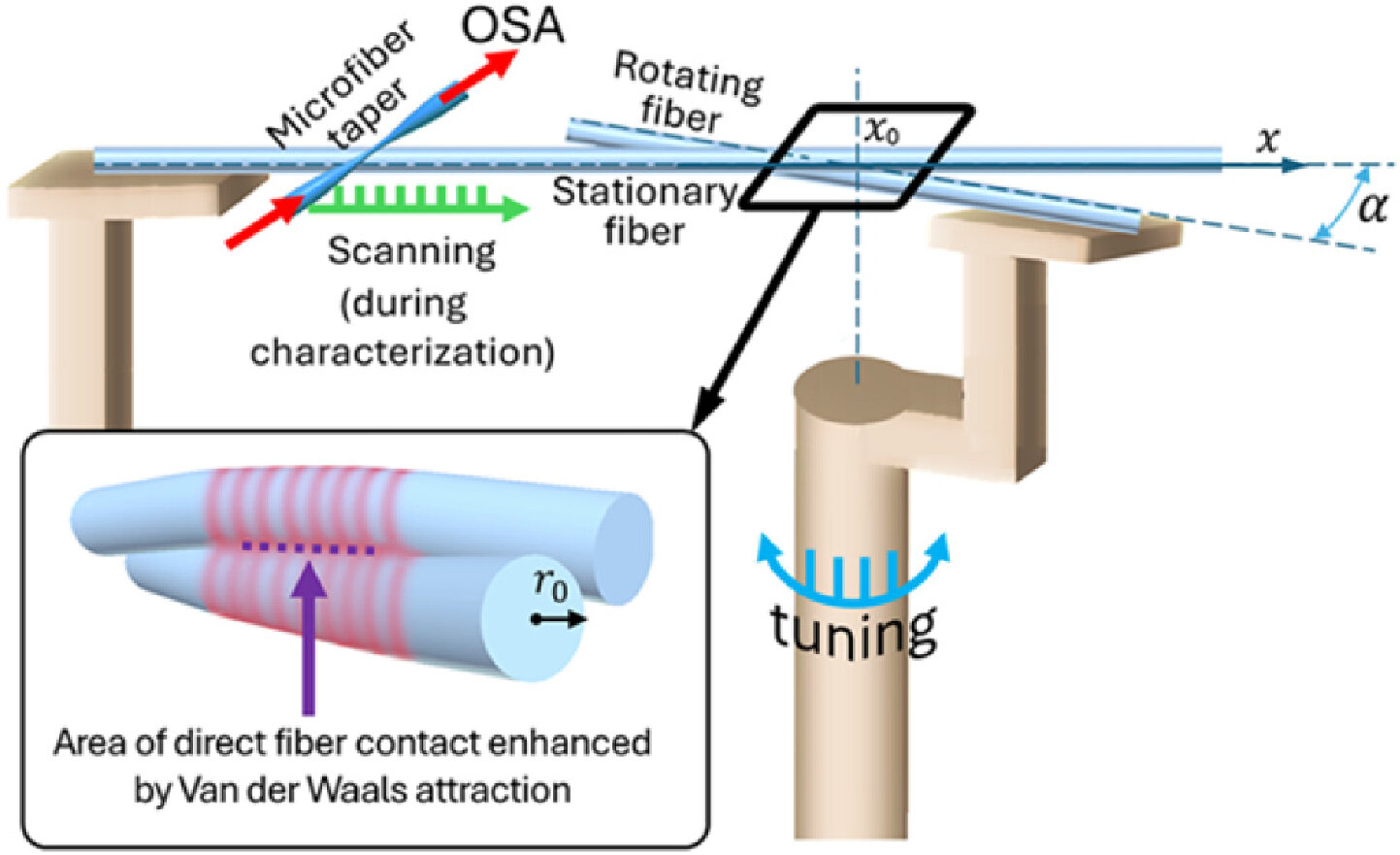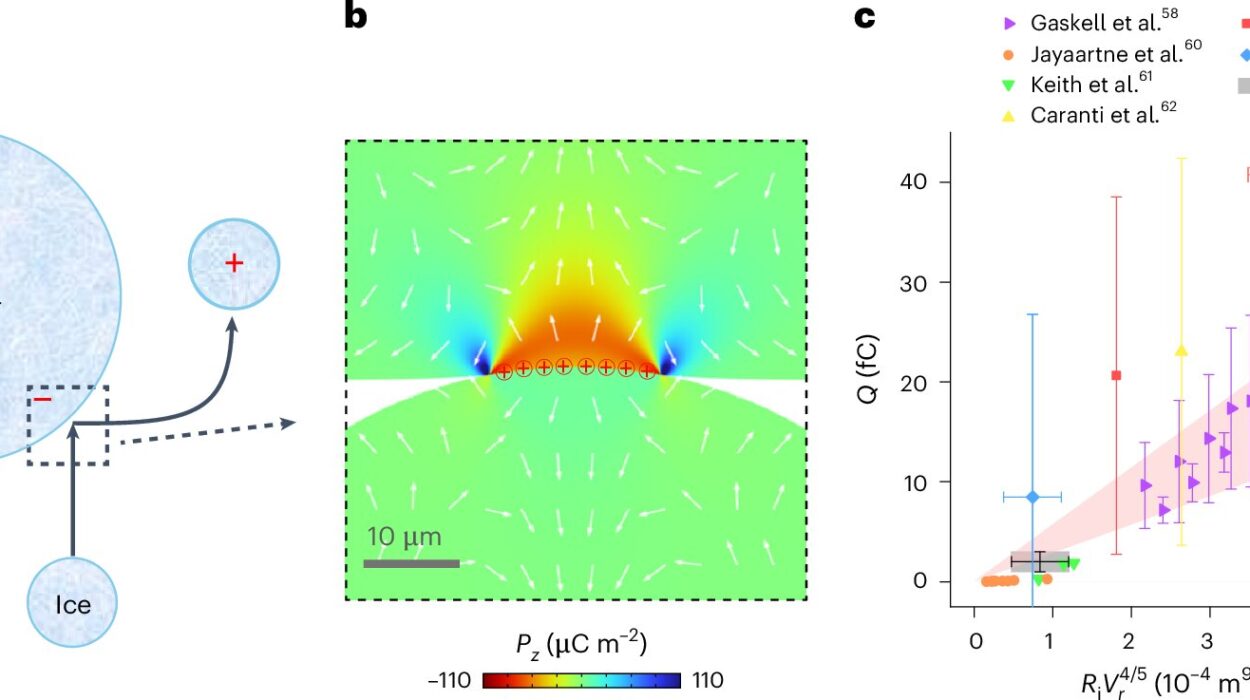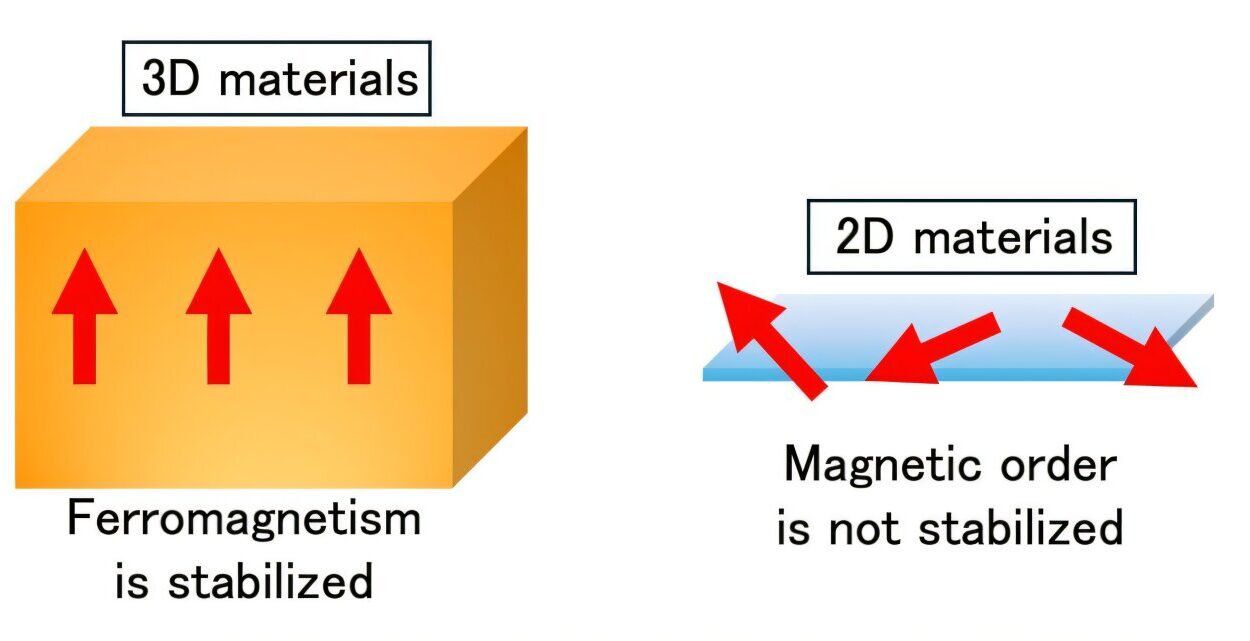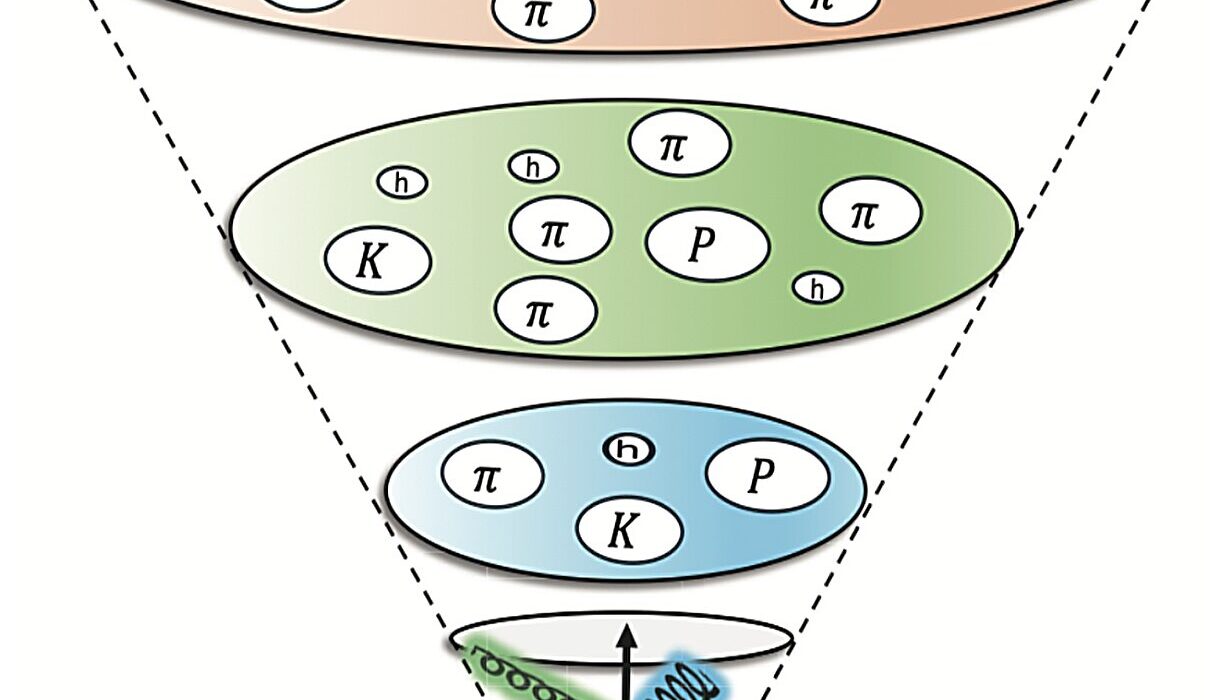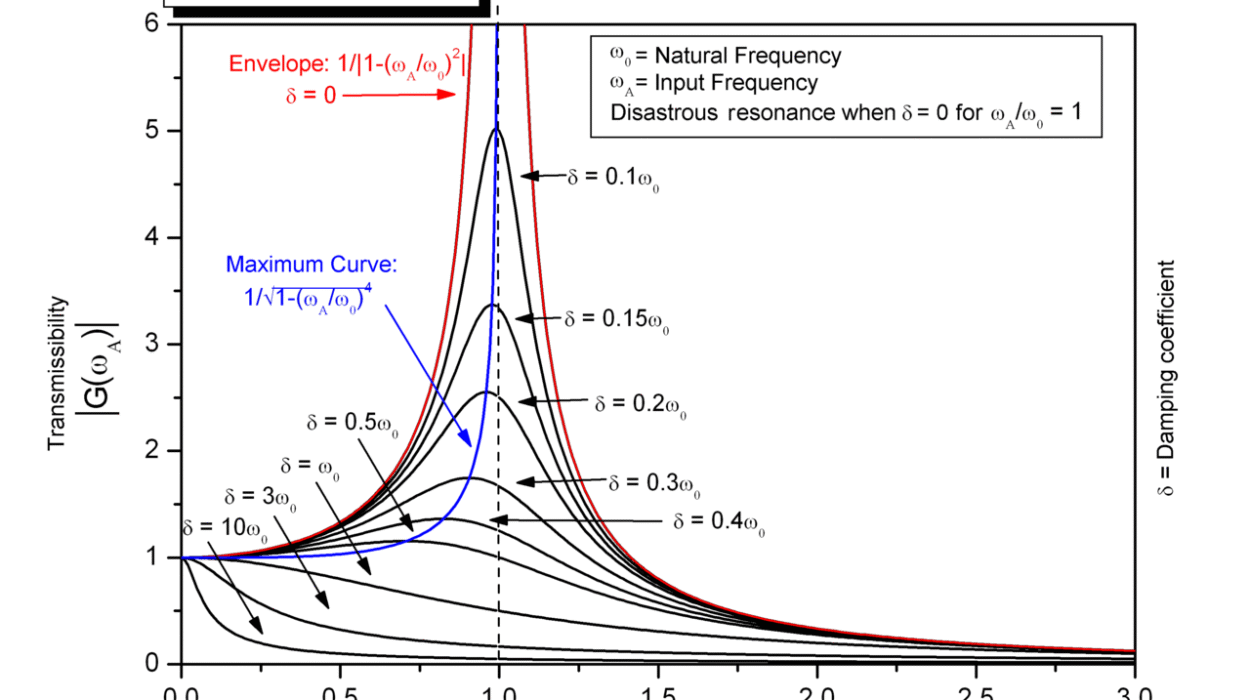In a quiet laboratory at Aston University, nestled in the heart of Birmingham, a small twist of glass and light has begun to reshape the future of photonics. In what may prove to be a landmark achievement, researchers at the Aston Institute of Photonic Technologies have developed a new class of ultra-precise, tunable optical microresonators—tiny structures that could dramatically advance technologies from quantum computing to molecular sensing.
These aren’t ordinary light-bending devices. Created at the intersection of two optical fibers, the microresonators developed by the Aston team are not just miniature—they’re exquisitely tunable, offering a level of control previously thought unattainable in such systems. The team’s findings, published in the prestigious journal Optica, open a new frontier in how we can manipulate and harness light at microscopic scales.
A Delicate Intersection of Discovery
The genesis of this breakthrough began, as so many scientific revolutions do, with a chance observation. Dr. Isha Sharma, a member of Professor Misha Sumetsky’s research team, was exploring the interaction of light in optical fibers when she noticed an unusual resonance effect occurring at the precise point where two fibers intersected.
What followed was not only months of careful experimentation but a complete reimagining of what was possible in fiber optics. Rather than discarding the phenomenon as a quirk, Sharma and the team leaned into it—and what they found astonished them.
By rotating one fiber in relation to the other—by just a tiny fraction of a degree—the team discovered they could microscopically adjust the geometry of the optical intersection. These micron-scale displacements, surprisingly, translated into millimeter-scale changes in the resonator structure, allowing for picometer-scale tuning of its spectral properties. This means scientists could “dial in” to precise wavelengths of light with minimal mechanical effort, a dream scenario for designers of sensitive optical systems.
Redefining Optical Microresonators
Microresonators are the unsung heroes of modern optics. Like tiny racetracks for photons, they allow light to circulate thousands—even millions—of times, building up energy and sharpening sensitivity. They are critical in frequency combs, laser stabilization, biosensing, and even quantum computing, where precision is everything.
What sets Aston’s innovation apart is its tunability. Traditional microresonators are rigid, monolithic structures. Once fabricated, their characteristics are largely fixed. But the new fiber-intersection-based resonators can be dynamically adjusted, finely tuning their free spectral range (FSR)—a measure of the frequency spacing between resonant modes. This is particularly crucial in applications like optical delay lines and frequency combs, where exact spacing determines functionality.
“We’re used to thinking of these devices as static,” explains Professor Sumetsky. “But now, with a slight twist—literally—we have a way to control them with breathtaking precision.”
And the performance? Astonishing. The devices demonstrated high Q-factors on the order of 2 million, with theoretical potential reaching a staggering Q ∼ 100 million in pristine environments. Q-factor is a measure of how well a resonator confines light—higher values mean lower energy loss and greater sensitivity.
The Magic of Van der Waals Forces
One of the more intriguing aspects of the research lies in the forces that hold the intersecting fibers together. The team discovered that van der Waals forces—the weak yet persistent attractions between neutral molecules—are sufficient to keep the fibers in close contact at sub-millimeter lengths. This is crucial, because these forces provide the gentle pressure needed to maintain the integrity of the resonator without damaging the fibers or requiring complex mechanical supports.
It’s a poetic meeting of the quantum and the mechanical: molecules whispering to one another in attraction, enabling a structure that manipulates light with near-magical finesse.
From Theory to Real-World Impact
The team’s work didn’t stop at experimentation. They also developed a comprehensive theoretical model using the surface nanoscale axial photonics (SNAP) platform, a powerful tool for predicting and analyzing light behavior in these systems.
SNAP modeling confirmed what the lab had shown: these microresonators are not only tunable and high-quality, they’re also stable and reproducible—essential traits for integration into real-world photonic devices.
“By enabling precision spectral control in chip-scale systems,” Sumetsky notes, “we’re laying the groundwork for next-generation photonic technologies—from quantum information processing to optical communication systems that could outpace anything we have today.”
The MEMS Marriage: A Future of Integration
One of the most exciting implications of the research lies in its compatibility with micro-electromechanical systems (MEMS)—miniature machines found in everything from smartphones to satellites. Because the fiber intersections require only minimal actuation force, they are ideally suited for integration into MEMS architectures.
Imagine a future where entire optical labs—resonators, sensors, modulators—are shrunk down onto a chip smaller than your fingernail, powered by the gentle bend of a microscopic fiber arm. With this level of miniaturization, we could see a revolution in how optical systems are deployed, especially in portable diagnostics, environmental sensors, and space-based communication networks.
Reimagining the Future of Photonics
The implications of Aston’s work stretch far beyond the confines of academic optics. In a world increasingly driven by data, speed, and precision, the ability to control light at such a fine scale is more than a scientific curiosity—it’s a foundational technology for the future.
Whether in building low-repetition-rate frequency comb generators for advanced spectroscopy, crafting optofluidic sensors for real-time biological monitoring, or developing secure quantum communication channels, the potential applications are vast and vital.
Yet what makes this discovery so powerful isn’t just its utility—it’s the elegance of its simplicity. Two optical fibers. A gentle twist. A whisper of molecular attraction. And from that, a symphony of light control that may one day underpin the technologies that connect our world.
A Bright Light from Birmingham
As the research garners international attention, Professor Sumetsky and his team continue to refine their devices and explore new applications. Already, discussions are underway with collaborators in quantum technology, biomedical engineering, and telecommunications.
In a field often dominated by massive labs and billion-dollar equipment, this breakthrough reminds us that some of the most profound innovations can come from a quiet lab, a curious mind, and a twist of light.
Reference: Isha Sharma et al, Widely FSR tunable high Q-factor microresonators formed at the intersection of straight optical fibers, Optica (2025). DOI: 10.1364/OPTICA.565224
